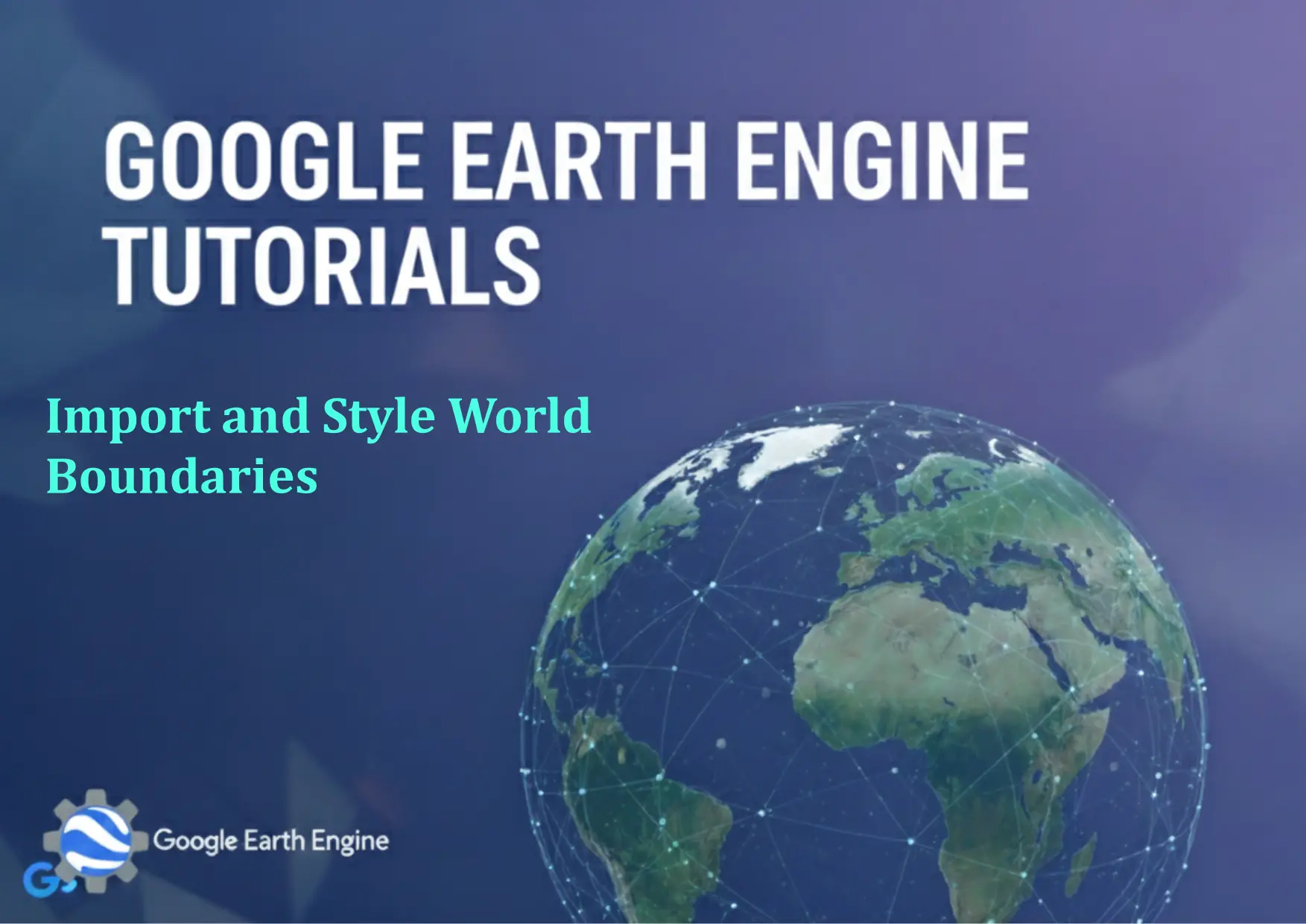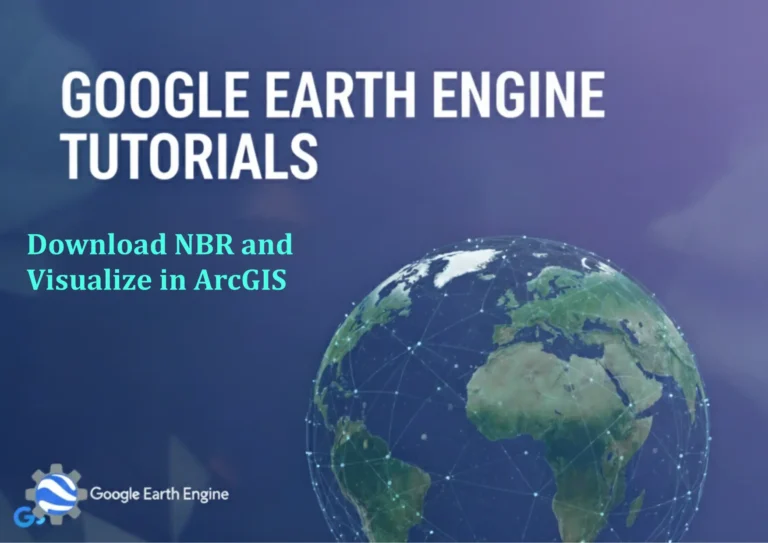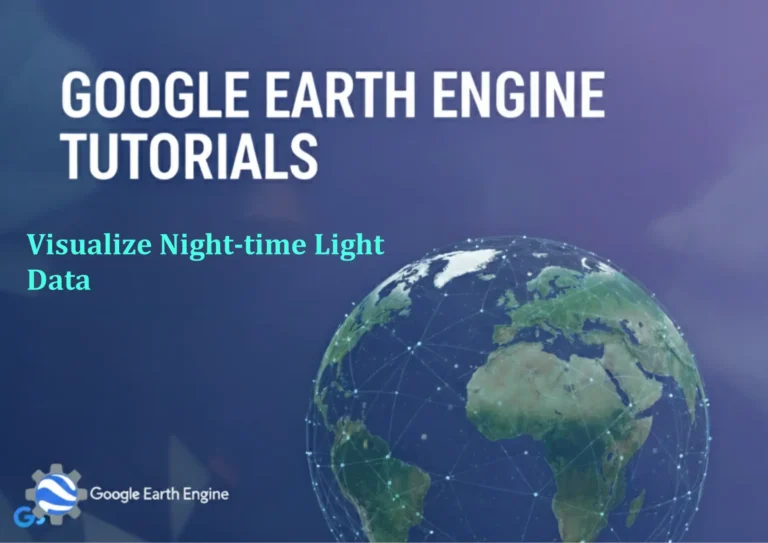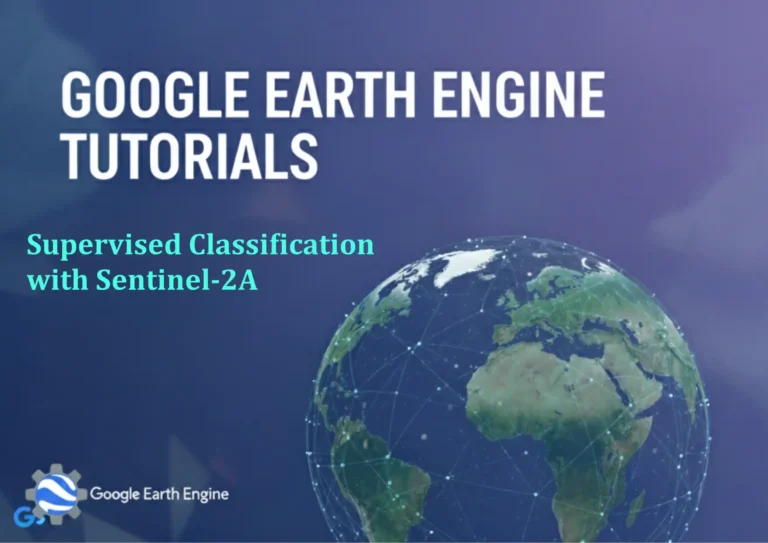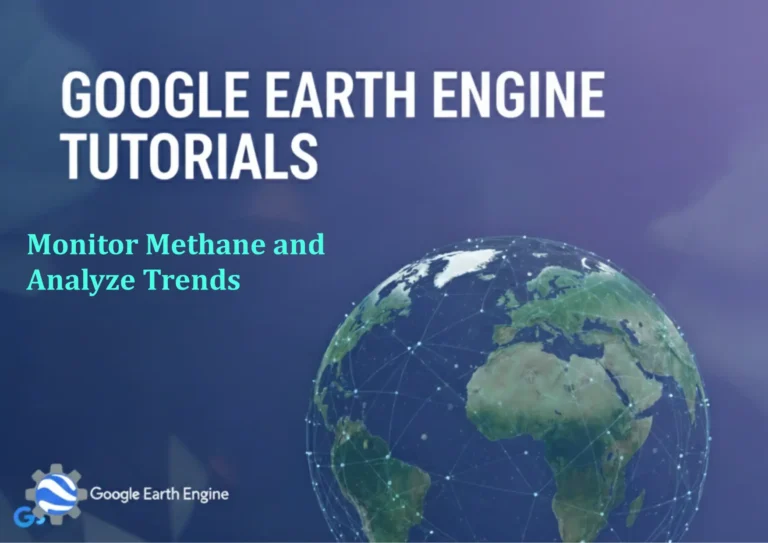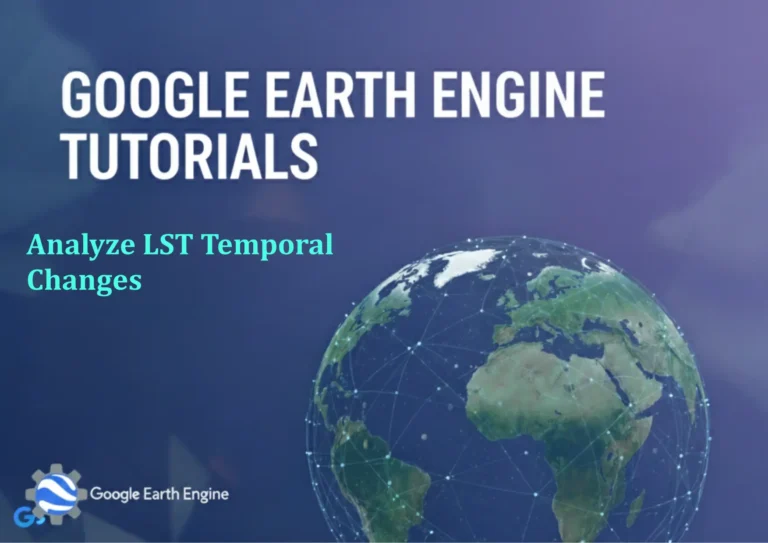Google Earth Engine Tutorial: Import and Style World Boundaries
Credit: Youtube Channel “Terra Spatial, Guide on importing global boundary data and customizing its visual appearance with different symbology options.”
You can see all the tutorials from here: Techgeo Academy.
Google Earth Engine Tutorial: Import and Style World Boundaries
Google Earth Engine (GEE) allows users to access and analyze geospatial data at scale. One common task is importing and styling world boundaries, such as country borders, to visualize global patterns. This tutorial walks through the process of loading a global boundary dataset and customizing its appearance in the GEE Code Editor.
Step 1: Load the World Boundary Dataset
World boundaries can be imported using built-in datasets like the FAO’s Global Administrative Areas (GADM). Start by initializing the Earth Engine API and loading the dataset:
var boundaries = ee.FeatureCollection("FAO/GAUL/2015/level0");This dataset contains country-level boundaries. You can adjust the level (e.g., level1 for regions, level2 for sub-regions) depending on your needs.
Step 2: Filter and Select Specific Regions
To focus on a specific country, use the filter method. For example, to select the United States:
var us = boundaries.filter(ee.Filter.eq('ADM0_NAME', 'United States of America'));This returns a feature collection containing the geometry of the selected country.
Step 3: Style the Boundaries
Styling in GEE involves defining visual parameters for the feature collection. You can set color, fill color, stroke width, and opacity. Here’s an example of styling the U.S. boundaries:
Map.setCenter(-98.5, 39.8, 4);Map.addLayer(us, {color: 'black', fillColor: 'blue', fillOpacity: 0.3}, 'U.S. Boundaries');The color parameter defines the border color, fillColor sets the interior color, and fillOpacity controls transparency.
Step 4: Customize the Visualization
For more advanced styling, use the visualize method on an image generated from the feature collection. Example:
var mapImage = ee.Image().select(['features']).visualize({ color: 'color', palette: ['blue'], opacity: 0.5});Map.addLayer(mapImage, {}, 'Custom Styled Boundaries');This method provides flexibility for multi-band or attribute-based visualizations.
FAQ
How do I add boundaries for multiple countries?
Filter the feature collection with filter(ee.Filter.in(['ADM0_NAME'], ['Country1', 'Country2'])) or use map to iterate over a list of country names.
Can I change the border color and width?
Yes, modify the color and stroke parameters in the visualization options. For example: {color: 'red', stroke: 2}.
How do I export the styled boundaries?
Use Export.image.toDrive or Export.featureCollection.toDrive with the feature collection and specify the export parameters (e.g., file format, scale, region).
What if the dataset doesn’t include my desired region?
Use alternative datasets like users/yourusername/your_dataset or import custom GeoJSON files with geemap or geemap.shp_to_ee().
How do I handle performance issues with large datasets?
Apply zoom-level or region-based filtering, or simplify geometry with geometry().simplify() to reduce computational load.

